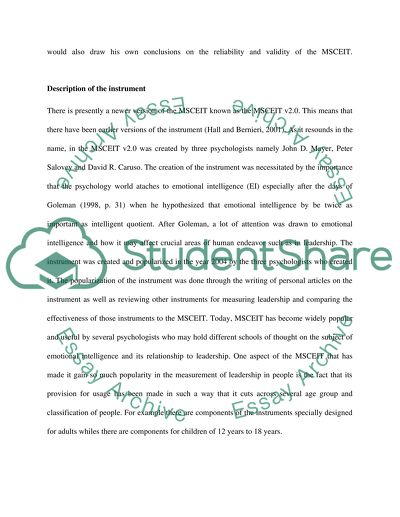Cite this document
(“Comparing measures of emotional intelligence Research Paper”, n.d.)
Retrieved from https://studentshare.org/psychology/1601545-mayer-salovey-caruso-emotional-intelligency
Retrieved from https://studentshare.org/psychology/1601545-mayer-salovey-caruso-emotional-intelligency
(Comparing Measures of Emotional Intelligence Research Paper)
https://studentshare.org/psychology/1601545-mayer-salovey-caruso-emotional-intelligency.
https://studentshare.org/psychology/1601545-mayer-salovey-caruso-emotional-intelligency.
“Comparing Measures of Emotional Intelligence Research Paper”, n.d. https://studentshare.org/psychology/1601545-mayer-salovey-caruso-emotional-intelligency.


